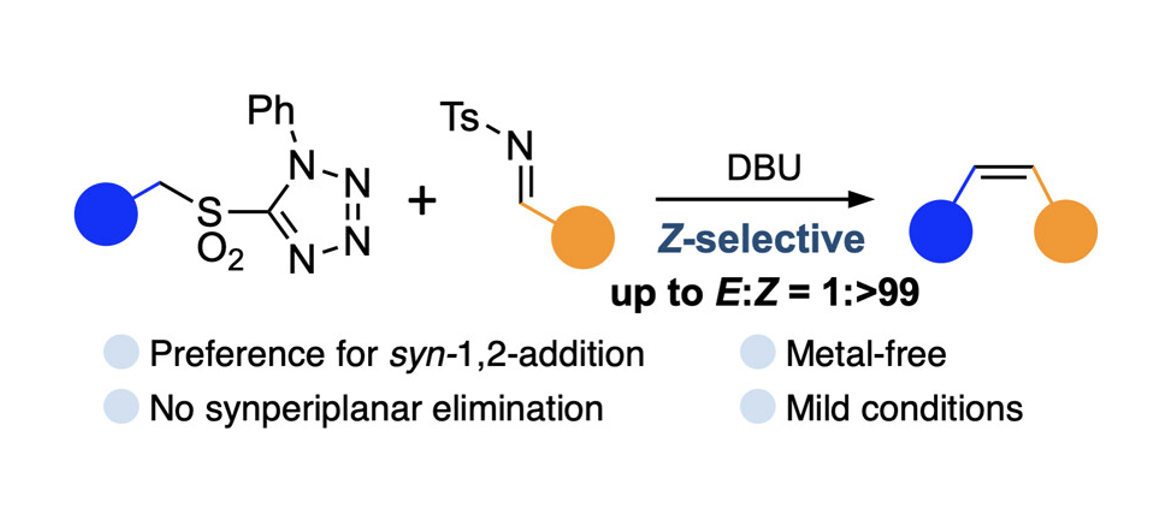Development of a Novel Methylated PET Tracer Designed to Enhance the Photostability of PM-PBB3
Tomoyuki Imai, Yuta Tanaka, Kento Kannaka, Hiroyuki Suzuki, Masayuki Fujinaga, Hiroshi Mizuma, Ming-Rong Zhang, Makoto Higuchi, Tetsuo Narumi, Tomoya Uehara
Molecular imaging of tau protein accumulation plays a vital role in elucidating the pathology and enabling early diagnosis of tauopathies, including Alzheimer’s disease (AD). [18F]PM-PBB3 is a promising tau positron emission computed tomography (PET) tracer with high selectivity and affinity for tau lesions in both AD and non-AD tauopathies. However, its clinical application is hindered by poor photostability owing to rapid photoisomerization. In this study, we synthesized a novel derivative of PM-PBB3, Me-PM-PBB3, by introducing a methyl group at the γ-position of the former to improve photostability. Compared to PM-PBB3, Me-PM-PBB3 showed a blue-shifted absorption maximum and lower molar extinction coefficient, resulting in a more than 100-fold increase in resistance to photodegradation. Fluorescence staining of AD brain sections demonstrated that Me-PM-PBB3 bound to neurofibrillary tangles. PET imaging using rTg4510 mice, a tauopathy model, revealed that [18F]Me-PM-PBB3 accumulates in the cortex and hippocampus, indicating its effectiveness as a tau PET tracer. However, increased non-specific binding in white matter was also observed, suggesting that structural modifications may affect its in vivo kinetics. Overall, this study presents a novel chemical approach to enhance the photostability of tau PET tracers and suggests Me-PM-PBB3 as a promising candidate for future applications in the diagnosis of tau-related neurodegenerative diseases.
 Protein ubiquitination is a pivotal post-translational modification that regulates diverse biological processes depending on the type of ubiquitin chain linkage. Recently, ester-linked ubiquitin chains have been identified, yet their inherent hydrolytic instability has posed a significant challenge for biochemical investigations. In this study, we chemically synthesized a stable and isosteric amide analog of an ester-linked ubiquitin dimer, in which serine (Ser) at position 20 of the proximal ubiquitin was replaced with 2,3-diaminopropionic acid (Dap). The desired amide analog was synthesized using a convergent approach involving the sequential chemoselective ligation of three peptide fragments generated through Fmoc-based solid-phase peptide synthesis. Employing this chemically robust ubiquitin probe, we uncovered a previously unrecognized interaction between Ser20- linked ubiquitin chains and spliceosome-associated factors, notably ubiquitin-specific protease 39 (USP39). These findings highlight the potential of our ester-to-amide bioisosteric strategy to unlock mechanistic insights into atypical ubiquitin modifications. Our approach not only circumvents the intrinsic instability of ester-linked ubiquitin chains but also provides a broadly applicable framework for dissecting their biological roles, paving the way for future discoveries in ubiquitin signaling.
Protein ubiquitination is a pivotal post-translational modification that regulates diverse biological processes depending on the type of ubiquitin chain linkage. Recently, ester-linked ubiquitin chains have been identified, yet their inherent hydrolytic instability has posed a significant challenge for biochemical investigations. In this study, we chemically synthesized a stable and isosteric amide analog of an ester-linked ubiquitin dimer, in which serine (Ser) at position 20 of the proximal ubiquitin was replaced with 2,3-diaminopropionic acid (Dap). The desired amide analog was synthesized using a convergent approach involving the sequential chemoselective ligation of three peptide fragments generated through Fmoc-based solid-phase peptide synthesis. Employing this chemically robust ubiquitin probe, we uncovered a previously unrecognized interaction between Ser20- linked ubiquitin chains and spliceosome-associated factors, notably ubiquitin-specific protease 39 (USP39). These findings highlight the potential of our ester-to-amide bioisosteric strategy to unlock mechanistic insights into atypical ubiquitin modifications. Our approach not only circumvents the intrinsic instability of ester-linked ubiquitin chains but also provides a broadly applicable framework for dissecting their biological roles, paving the way for future discoveries in ubiquitin signaling.





